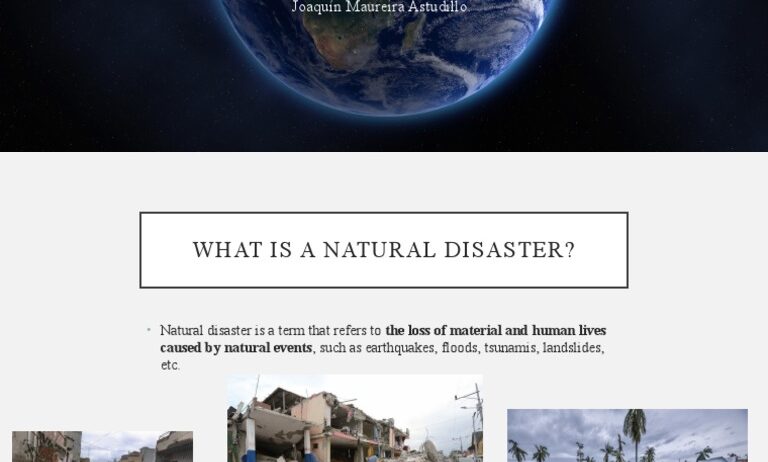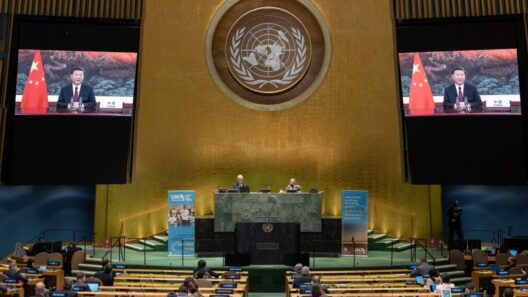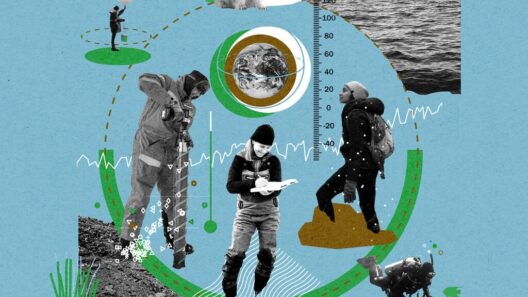As we delve into the intricate relationship between global warming and natural disasters, a provocative question surfaces: can the climate crisis be blamed for every natural calamity we witness today? This inquiry not only challenges our understanding of natural phenomena but also compels us to examine the nuances that govern the dynamics between climate change and catastrophic events. Scientists and environmentalists alike have grappled with this multifaceted issue, attempting to decipher the complexities that exist within the intersection of human influence and environmental patterns.
The term “global warming” refers specifically to the long-term rise in Earth’s average surface temperature due to the accumulation of greenhouse gases in the atmosphere—predominantly carbon dioxide and methane. These gases trap heat from the sun, contributing significantly to the phenomenon known as climate change. While it is easy to correlate rising temperatures with more frequent and severe natural disasters, the reality is much more complicated.
To understand how global warming affects natural disasters, one must first explore the different forms these disasters can take. For instance, hurricanes, droughts, wildfires, and floods all have unique causes and manifestations, but what they share is a susceptibility to climatic changes. Research indicates that the intensity and frequency of certain types of disasters have intensified as global temperatures have risen. But why is this? What is happening to our planet’s complex systems?
Hurricanes, or tropical cyclones, are one of the most visually striking indicators of a changing climate. Warmer ocean waters fuel these storms, providing them with the energy required to increase their wind speeds and unleash heavier rainfall. Studies have illuminated that not only are hurricanes becoming more potent, but their rainfall rates are also escalating. Consequently, the aftermath of such storms often results in catastrophic flooding, leaving devastated communities grappling with extensive damage and loss.
Flooding is indeed a hallmark of climate-related disasters. As temperatures rise, the atmosphere can hold more moisture, subsequently intensifying precipitation events. This change is especially evident in regions that have historically experienced heavy rainfall but are now encountering unprecedented downpours. The dichotomy of drought and deluge exacerbates the vulnerabilities of ecosystems and human settlements, creating a cycle of devastation.
Shifting from floods, we turn our attention to droughts—an equally troubling consequence of climate change. A paradox emerges here; while some regions face relentless rainfall, others are parched from severe droughts. Warmer temperatures lead to higher evaporation rates, which diminishes soil moisture and stresses water supplies. Particularly in agricultural areas, farmers are finding it increasingly challenging to cultivate crops, invoking food security concerns that ripple through economies and societies.
Wildfires present another stark representation of how climate change exacerbates natural disasters. Rising temperatures, coupled with prolonged drought conditions, result in dry landscapes that are ripe for ignition. The seasonal patterns of wildfires are shifting, and their intensity is escalating due to the increased availability of dry fuel. These infernos not only obliterate vast stretches of forests, but they also contribute to significant atmospheric pollution, further aggravating public health crises.
The interplay between these disasters is further complicated by social, economic, and political dimensions. Vulnerability to natural disasters varies considerably based on geographic location, infrastructure, and socioeconomic status. Marginalized communities, in particular, bear the brunt of these events, often lacking the resources necessary to recover or adapt. Climate change, therefore, is not solely an environmental issue; it is intricately tied to social justice and equity.
Yet, as we ponder above pressing concerns, one must consider this challenging proposition: is it possible that our understanding of “natural” disasters is evolving? As climate change alters the world we inhabit, the very definition of natural disasters may need reevaluation. Are these events truly ‘natural’ if they are exacerbated by human actions, such as deforestation, fossil fuel burning, and industrial waste production?
Moreover, the response to these disasters will ultimately determine our resilience and adaptability as a species. By investing in sustainable practices, enhancing infrastructure, and advocating for climate policies, society can mitigate the effects of global warming on the frequency and severity of natural disasters. This proactive stance not only prepares communities for the challenges ahead but also underscores the importance of collective responsibility in safeguarding the planet.
Ultimately, the confluence of climate change and natural disasters necessitates a paradigm shift in our approach to environmental stewardship. Awareness and education play crucial roles in cultivating a society that comprehends the multifaceted implications of global warming on natural disasters. Society must grapple with the uncomfortable truths that weave through the fabric of our existence, from unequal vulnerability to the entangled relationship between humanity and nature.
In conclusion, while the assertion that global warming is exacerbating natural disasters is supported by a growing body of evidence, the situation is far from straightforward. Each disaster, be it hurricanes, floods, droughts, or wildfires, comes with its unique set of complexities and challenges. As stakeholders in this planet, recognizing the interconnectedness of climate change and natural disasters is necessary for formulating effective strategies. Our future resilience hinges on acknowledging these challenges and proactively addressing the injustices that lie at their core.







